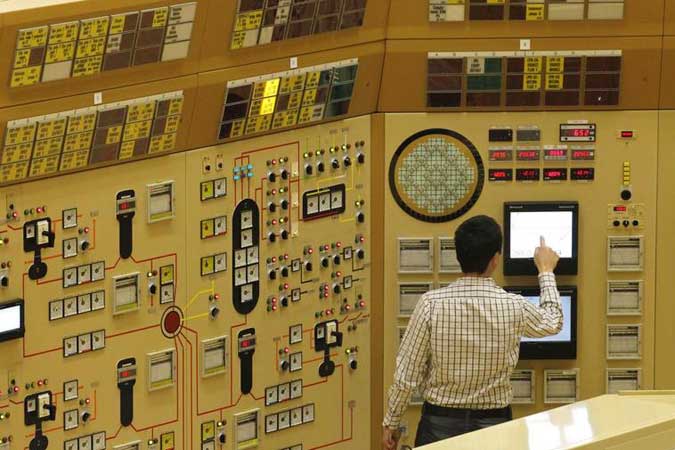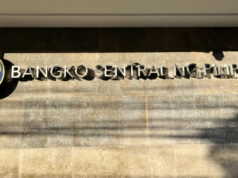Expedited visas proposed for foreign power workers

A FORMER National Renewable Energy Board (NREB) official has proposed that regulators assist power producers in obtaining visas for foreign technicians to expedite power plant repairs.
An opening up of the visa process was billed as one of the immediate solutions to ensure sufficient power for the grid in light of recent plant breakdowns, according to Pedro H. Maniego, Jr., a former NREB chairman.
“When I talked to some power producers, they say that the problem (of) very long downtimes and outages is because they don’t have the service technicians from China… (and) other countries to repair this equipment. (The power producers) need assistance to secure visas,” he said during a virtual briefing organized by the non-government organization Institute of Climate and Sustainable Cities (ICSC) Monday.
“Some of these visas have been pending for a long time due to the global health emergency,” he added.
Mr. Maniego, who is a senior policy advisor of the ICSC, said regulators can provide endorsements for the foreign service workers.
“I can see (why power producers are reluctant) to bring in these people… Even if you are vaccinated, I think you have to quarantine yourself for 40 days and that would cost money for all of these power producers that need these technicians. They also have to pay board and lodging,” Mr. Maniego said.
He added that power producers must also train their own workers so reduce the dependency on foreign service technicians.
He also proposed a system of fines for generation companies which exceeded the maximum number of allowable outages, increasing the secondary price caps during the dry season, and implementing the competitive selection process based on fixed costs for all technologies by the fourth quarter, among others.
Sara Jane Ahmed, finance advisor to the Climate Vulnerable Forum’s Vulnerable Group of Twenty (V20) Ministers of Finance, noted that the Philippines is “doubling down on imported large fossil-fuel (facilities) with the new combined cycle gas turbines for baseload power.”
“But it’s clear, considering our current situation and considering the need to build resilience, (that) we need to have distributed, low-cost sources of power. ‘Distributed’ doesn’t mean thousands of megawatts in one concentrated area, rather, a couple of hundred megawatts- distributed in certain locations and separated,” Ms. Ahmed said at the briefing.
With a distributed system, the Philippines will not be reliant on a few large plants, she said.
ICSC Energy Transition Advisor Alberto R. Dalusung III said that the Philippines needs flexible power plants which will work alongside renewable energy sources to provide power to the grid. He added that flexible power plants can “address short term supply-demand imbalances.”
“I think that the long-term solution really is to take advantage of the cheapest, quickest to deploy technology options for us. Solar, wind, other renewables, and to match this with just the right flexible power plants so that we can have a reliable least cost power generation mix,” he said during the event.
On Monday, the National Grid Corp. of the Philippines (NGCP) told BusinessWorld that the Philippines needs more capacity to meet the rising power demand.
“We need more capacity connected to the grid,” NGCP Spokesperson Cynthia P. Alabanza said, referring to always-on baseload energy.
Last week, the grid operator placed the Luzon grid on red alert for three consecutive days amid forced plant outages and higher peak demand. — Angelica Y. Yang



